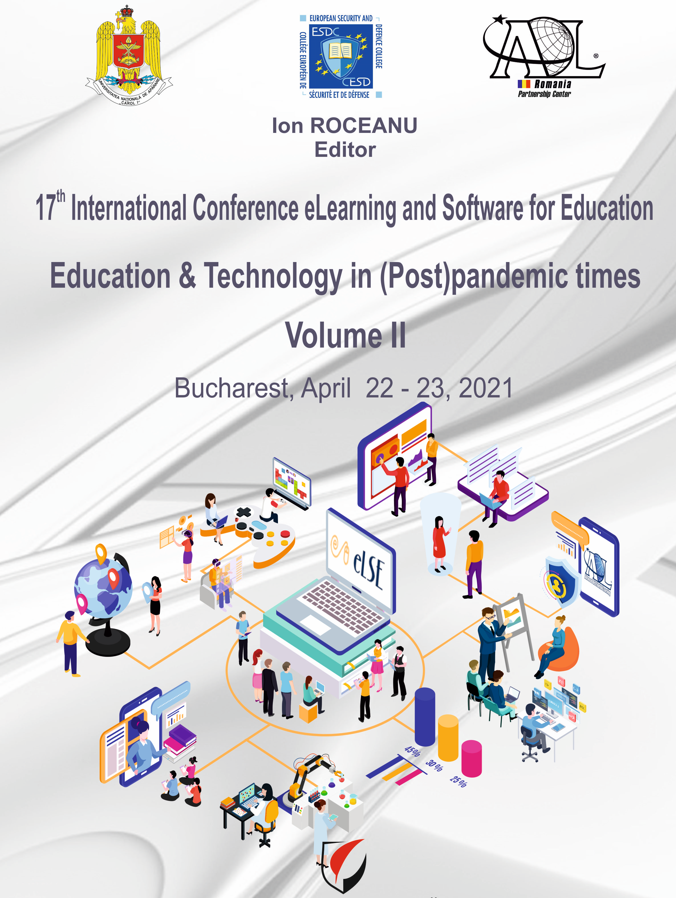THE LEARNERS’ SATISFACTION REGARDING ASYNCHRONOUS E-LEARNING SYSTEMS. ANALYSIS OF THE ELS SCALE IN THE CASE OF A TECH UNDERGRADUATE SAMPLE
THE LEARNERS’ SATISFACTION REGARDING ASYNCHRONOUS E-LEARNING SYSTEMS. ANALYSIS OF THE ELS SCALE IN THE CASE OF A TECH UNDERGRADUATE SAMPLE
Author(s): Andrei Simionescu-Panait, Beatrice Adriana Balgiu, Daniela Maricica CotoarăSubject(s): Foreign languages learning, Evaluation research, Distance learning / e-learning
Published by: Carol I National Defence University Publishing House
Keywords: e-Learner Satisfaction scale; asynchronous e-learning systems; EFA; CFA; students;
Summary/Abstract: Aim: The 2020 pandemic motivated the appearance and usage of many e-learning platforms. Despite this boom, the academic medium hosts few research articles analyzing the user’s satisfaction with e-learning systems. This study meets the challenge and evaluates the satisfaction that asynchronous e-learning systems generate in their end-users. The evaluation is done by using the ELS (e-learner satisfaction) scale. This scale contains four factors: Learner interface, Learning community, Content of the system, and Personalization. Method: 394 tech undergrads (Mage = 19,27; S.D. = 0.65; 132 females and 262 males) participated in this study. They responded in both physical and digital mediums. The study used the Maximum Likelihood - Exploratory Factor Analysis (including Varimax rotation) statistical model for 39% of the subjects and the Confirmatory Factor Analysis model for 61% of the subjects. The study also used descriptive and correlational analyses. Results show that the number of factors remains rather constant when reducing items and that it explains 62,83% of the scale’s total variation, given the scale’s Romanian version and that is it used in a different cultural setting than that for which the ELS was initially created. The Personalization factor is split into items that influence the Content factor and items which do not. The new Romanian version scale showcases useful psychometric properties (χ2/df = 2,09; GFI =0,92; CFI = 0,95; RMSEA = 0,058; SRMR=0.0512). The internal consistency for the newly obtained subscales is adequate, given that it displays Cronbach’s α factors with values between 0,73 and 0,82. The Cronbach’s α total scale value is 0.87 (CI95% – 0,85-0,89). Out of 16 items, 15 have a corrected item-to-total correlation factor of over 0,52. The last item has a corrected item for a total correlation factor of 0,48. Conclusion: E-learner satisfaction scale is a valid instrument for the Romanian context.
Journal: Conference proceedings of »eLearning and Software for Education« (eLSE)
- Issue Year: 17/2021
- Issue No: 02
- Page Range: 514-521
- Page Count: 8
- Language: English

